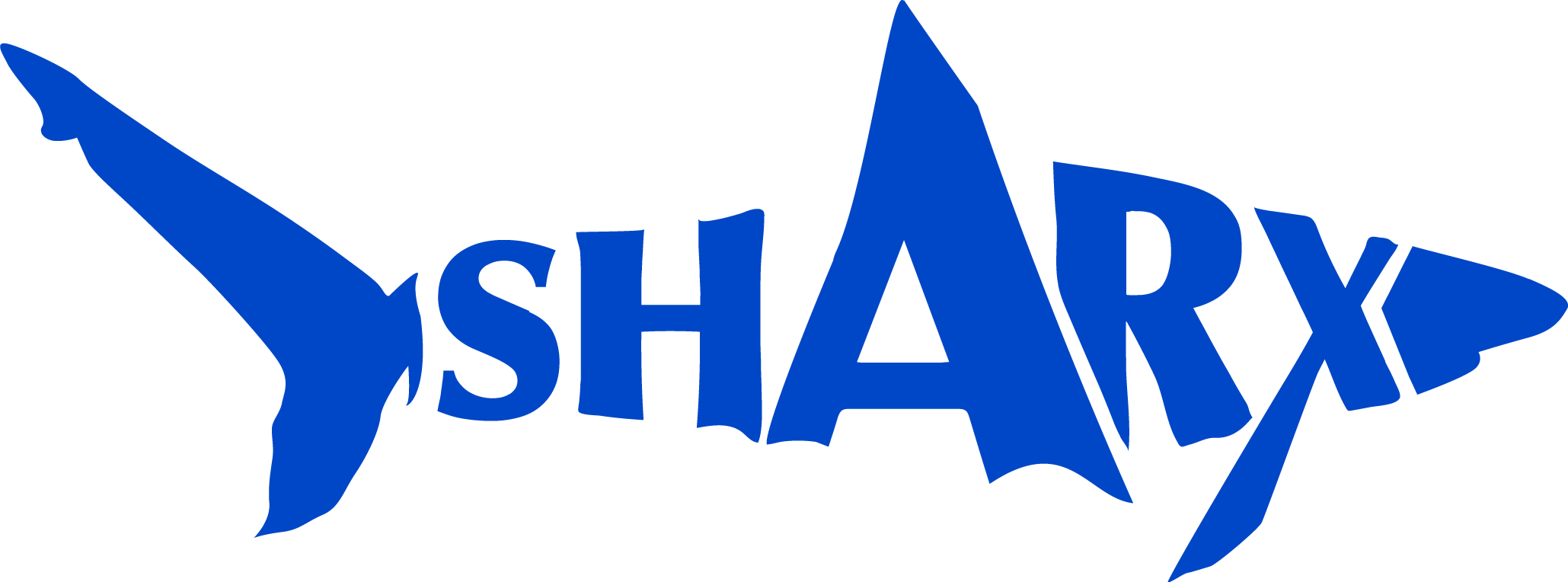How Managing Prescription Drug Spend Can Boost Employee Retention
By
Employee retention is a top concern for many organizations. In today’s competitive job market, creating a work environment that fosters long-term loyalty is just as critical as recruiting top talent. Research from May 2024 reveals that 51% of U.S. employees are actively seeking or considering new job opportunities, the highest turnover risk reported in nearly a decade. With replacement costs exceeding twice an employee’s annual salary, the financial impact of turnover is undeniable.
A well-rounded benefits package plays a vital role in retention, but there’s an often-overlooked area where organizations are needlessly wasting money—prescription drug spending. By optimizing costs in this area, companies can uncover up to $1,500 per employee per year (PEPY). This is money that can be reinvested into initiatives that directly support and retain employees. The 2023 MetLife Employee Benefit Trends Study found that 73% of employees state that robust benefits play a key role in their decision to stay with their employer.

The High Cost of Prescription Drugs and Its Impact on Retention
Prescription drug costs are a major driver of healthcare expenses. According to the Business Group on Health, these costs accounted for over a quarter of healthcare expenses in 2023. Specialty medications, high-cost claims, and increased utilization continue to push these numbers higher. Without a strategic approach, rising drug costs drain resources that could otherwise be allocated to initiatives that improve employee satisfaction, such as enhanced benefits, career development programs, and salary increases.
From 2017 to 2021, prescription drug spending in the U.S. grew by 5.4% annually, according to the Centers for Medicare and Medicaid Services. Based on the 2025 Segal Health Plan Cost Trend Survey, employers now anticipate an average 8% increase in prescription drug costs by 2025, the highest projected growth in 15 years. This trend underscores the urgency for cost management strategies to protect resources and support employees effectively.
Reinvesting in Employees Through Cost Management
Unmanaged prescription drug spending strains financial resources, limiting an organization’s ability to reinvest in initiatives that matter most to employees. Conversely, effective cost management demonstrates a commitment to their financial security. By offering cost-effective medication options, employers can ensure employees have access to the treatments they need while controlling expenses.
Critically, this also means minimizing employee contributions, keeping deductibles low, and eliminating high-deductible health plans (HDHPs) [link to HDHP blog] where possible. High out-of-pocket costs discourage employees from seeking necessary care and contribute to dissatisfaction with their benefits package. Companies that reallocate wasted healthcare dollars into meaningful benefits can improve employee retention and overall job satisfaction.

Every dollar saved from wasteful spending is an opportunity to reinvest in programs that directly enhance employee satisfaction and loyalty. These gains can be used to support professional growth by offering leadership training and career development opportunities. Additionally, reinvested savings can enhance compensation through more competitive salaries, bonuses, or flexible work arrangements. These investments not only create a workplace culture that encourages engagement and reduces turnover but also enable companies to see their employees thrive.
Addressing Broader Resource Allocation Challenges
Beyond prescription drug costs, employers face broader challenges in benefits funding. Many organizations make sacrifices, such as implementing high-deductible health plans, shifting costs onto employees, or limiting HR resources due to budget constraints. While these decisions may seem necessary, they can ultimately harm retention by making employees feel undervalued. Instead, companies should explore how they can use their existing funds more wisely to optimize benefits and improve workplace culture.

SHARx: Your Partner in Strategic Sourcing
Managing prescription drug costs doesn’t have to be complicated. SHARx provides procurement solutions to help organizations source medications effectively, ensuring employees have access to the care they need while keeping expenses under control. Groups that work with SHARx see an average reinvestment potential of up to $1,500 per employee per year, and employees see a reduction in their own out-of-pocket expenses by an average of $800 a year.
Effective prescription cost management supports employee retention and demonstrates an employer’s commitment to financial well-being. Let SHARx guide your organization through this process, so you can focus on what matters most: your people. Stop wasting valuable resources and start reinvesting in your employees.
If you’d like to learn more about how SHARx can help your organization reinvest and boost employee retention, contact us today.
